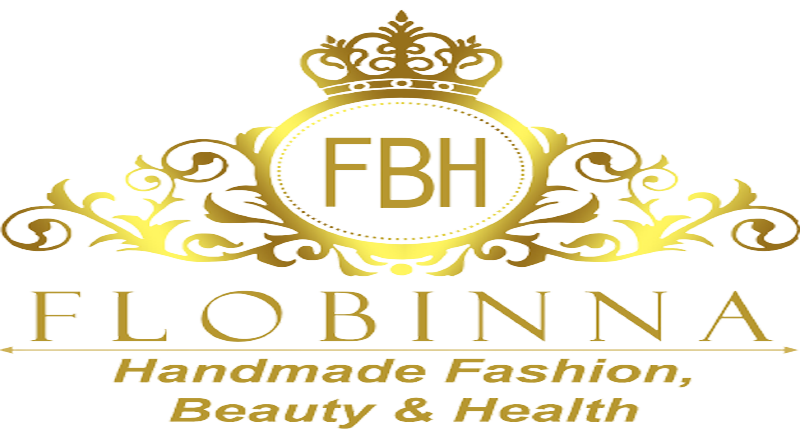Blog
Enhancing Safety and Comfort with Face Shields: Your Essential Defense
Introduction : In today’s rapidly changing world, prioritizing safety and protecting ourselves from infectious diseases has become paramount. While face masks have been widely adopted, another valuable tool in the fight against pathogens is the face shield. Face shields offer an additional layer of protection, covering the face from forehead to chin and shielding the eyes, nose, and mouth from potentially harmful particles. In this article, we will delve into the benefits, usage, and features of face shields, helping you make an informed decision about incorporating them into your personal protective equipment (PPE) collection.

Section 1: Understanding the Importance of Face Shields : As we navigate through a global health crisis, it is crucial to explore every available measure to reduce the risk of infection. Face shields provide an effective barrier against respiratory droplets that may contain harmful viruses or bacteria. Unlike face masks, which primarily protect others by filtering exhaled air, face shields protect both the wearer and those around them.
One of the key advantages of face shields is their ability to shield the entire face, including the eyes. While masks may leave the eyes exposed, face shields offer comprehensive protection, especially in situations where individuals may be in close proximity or in direct contact with others.
Section 2: Versatility and Convenience: Face shields are highly versatile and can be used in various settings. They find applications in healthcare facilities, laboratories, manufacturing environments, educational institutions, and even everyday activities like grocery shopping or using public transportation.
Additionally, face shields are comfortable to wear for extended periods. Unlike masks that can cause discomfort, breathing difficulties, or skin irritation, face shields provide an open, well-ventilated space while maintaining optimal visibility. Some shields are equipped with adjustable headbands or straps, allowing for a customized fit, ensuring both comfort and security.
Section 3: Optimal Protection and Clear Communication : Clear communication is essential, especially in professions where face-to-face interaction is frequent. Unlike masks, which can muffle voices and hide facial expressions, face shields allow for unobstructed communication. They ensure that your expressions and speech remain visible, maintaining effective communication while reducing the risk of misinterpretation.
Furthermore, face shields offer additional protection when used in conjunction with masks. The combination of a mask and a face shield provides a multi-layered defense against droplets, aerosols, and airborne particles. This added protection can prove invaluable in high-risk scenarios or when dealing with vulnerable populations.
Section 4: Choosing the Right Face Shield : When considering a face shield for your personal protection, there are several factors to keep in mind. Look for shields made from high-quality materials that are transparent, durable, and easy to clean. Opt for shields with an ergonomic design and adjustable features to ensure a comfortable fit.
Consider the purpose and environment in which you will use the face shield. Different occupations or activities may require specific features such as anti-fog coatings, splash protection, or compatibility with other PPE. Explore the market to find shields that meet your unique needs.
Conclusion : In an era where health and safety have taken center stage, face shields have emerged as a vital accessory in our battle against infectious diseases. With their ability to offer comprehensive protection, enhanced comfort, and clear communication, face shields are a worthy addition to your PPE arsenal. Whether you’re a healthcare professional, an essential worker, or an individual concerned about personal safety, investing in a reliable and well-designed face shield is an effective step towards safeguarding yourself and others. Embrace this essential defense and contribute to a safer world.
